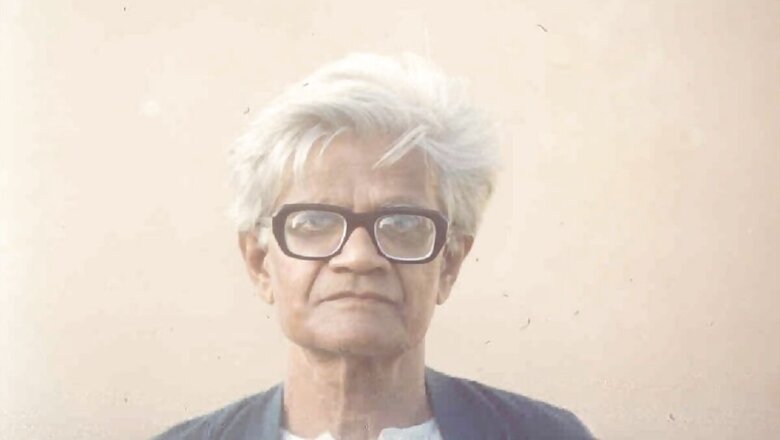Amal Kumar Raychaudhuri: The Bengal Connection to Penrose's Physics Nobel for Black Hole Discoveries

views
The Royal Swedish Academy of Sciences decided to award one half of the 2020 Nobel Prize in physics to Roger Penrose and the other half jointly to Reinhard Genzel and Andrea Ghez for furthering the understanding of black holes, the most “enigmatic” objects in the universe.
But not a lot of people know that his journey to the discovery had a connection to India – Kolkata, to be exact – and his discovery stands on the foundation of the work of Indian physicist Amal Kumar Raychaudhuri.
Dr Raychaudhuri was born in a Baidya family coming from Barisal, (now in Bangladesh), on 14 September 1923, to Surabala and Sureshchandra Raychaudhuri. He was just a child when the family migrated to Kolkata. He finished his early education in Tirthapati Institution and later completed matriculation from Hindu School, Kolkata.
He earned his BSc from the Presidency College in 1942 and an MSc in 1944 from Rajabazar Science College campus of Calcutta University and he joined the Indian Association for the Cultivation of Science (IACS) in 1945 as a research scholar. In 1952, he took a research job with the Indian Association for the Cultivation of Science (IACS), but to his frustration was required to work on the properties of metals rather than general relativity. Despite these adverse pressures, he was able to derive and publish the equation which is now named for him a few years later. Raychaudhuri equation is a key ingredient in the proofs of the Penrose–Hawking singularity theorems.
Some years later, having learned that his 1955 paper was highly regarded by notable physicists, such as Pascual Jordan, Raychaudhuri was sufficiently emboldened to submit a doctoral dissertation and received his Doctor of Science degree at the University of Calcutta (with one of the examiners, Prof John Archibald Wheeler recording special appreciation of the work done) in 1959.
In 1961, Raychaudhuri joined the faculty of his alma mater, Presidency College then affiliated with the University of Calcutta, and remained there until his superannuation.
Penrose, in collaboration with cosmologist Stephen Hawking, used an equation that Raychauduri had published in the journal Physical Review in 1955, for a mathematical description of Black Holes in 1969. Even though General Relativity had predicted their existence, Einstein himself did not believe in them.
ISER Physical Sciences department, professor Narayan Banerjee, said that this equation was the building block on which the Penrose-Hawking singularity theorems published in 1969 were based. Both Penrose and Hawking have acknowledged Raychaudhuri’s contribution on numerous occasions in published papers and books. He further said that AKR had used geometry to arrive at a singularity where laws of physics break down and physical quantity becomes infinitely large in the context of gravity and where space-time becomes infinitely large.
It took time for Raychaudhuri to be recognised at home. Apparently, there were some physicists who were even skeptical when he published the paper. It was only when Soviet physicist, Lev Landau, had also derived the same equation a little later than Raychaudhuri, that the scientific community accepted it as a key contribution.
Students of Amal Kumar Raychaudhuri said that he always led a simple life. Even though he was not directly involved in politics, he had good knowledge of it; which is evident from his writings. He never ran after fame, if he had he could have led a very happy life in the West. But, he remained in Kolkata for the rest of his life, working as a teacher.
Read all the Latest News and Breaking News here



















Comments
0 comment